Class Actions Law Overview

Key Components of Class Actions
Consumer Protection
Definition: Cases involving defective products or misleading practices.
Example: A class action against a company for selling faulty appliances.
Employment Law Violations
Definition: Cases involving wage disputes, discrimination, or workplace safety.
Example: A class action for unpaid overtime wages.
Environmental Claims
Definition: Cases involving harm caused by pollution or hazardous materials.
Example: A class action against a corporation for water contamination.
Federal Laws
Class Action Fairness Act (CAFA): Governs jurisdiction and standards for class actions.
State Laws
Vary by state but typically include rules on certification and notice to class members.
Example: A state law requiring specific procedures for notifying class members of a pending lawsuit.
Causes of Action
- Violating promises made about a product’s performance.
- Providing false information to consumers.
- Failing to comply with environmental protection laws.
Resolutions and Remedies
- Monetary Damages: Compensation for financial losses.
- Injunctive Relief: Court orders to stop harmful practices.
- Settlement Agreements: Negotiated resolutions to avoid prolonged litigation.
